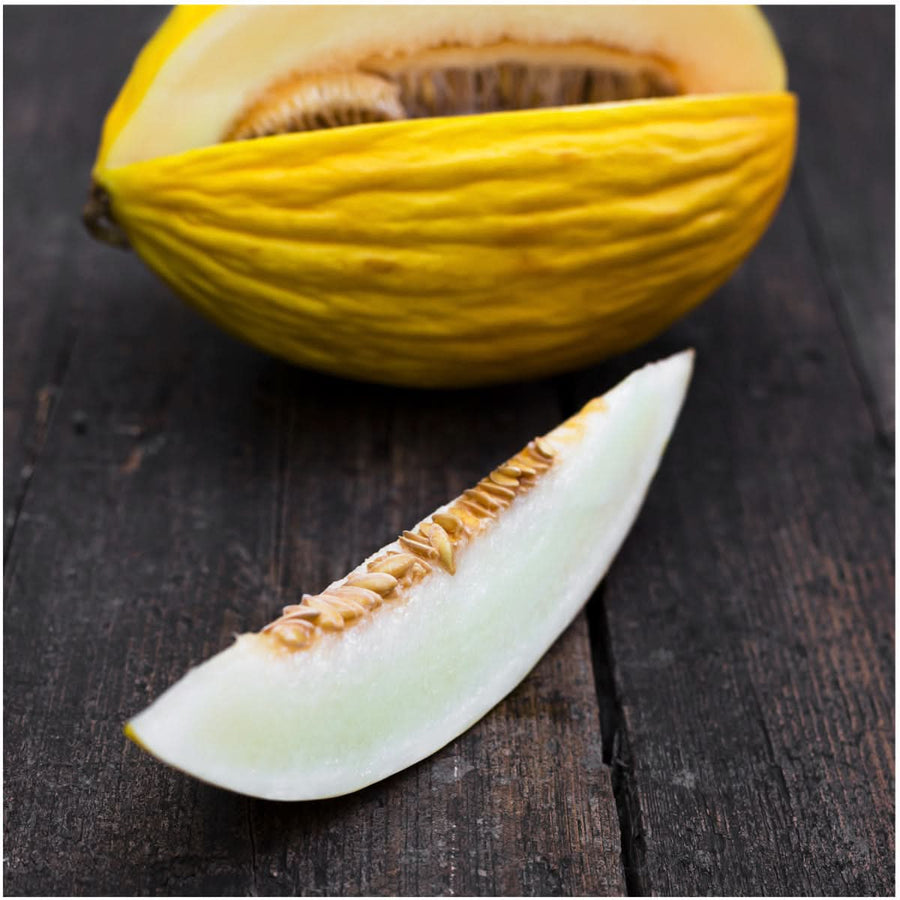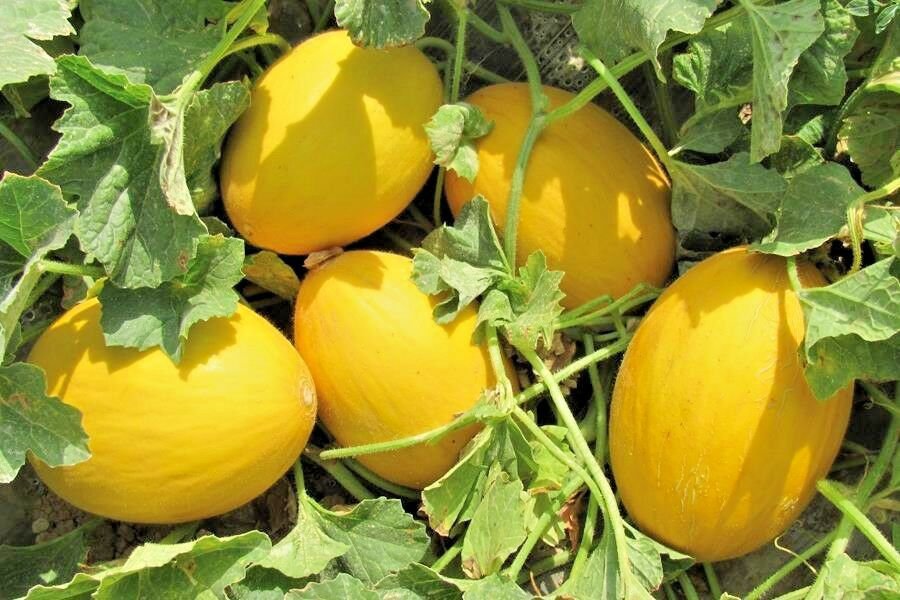

Inside you’ll find fragrant white flesh, and a small seed cavity. When ready to harvest, it has golden skin, and weighs two to four pounds. ‘Amy’ is a hybrid canary cultivar that is on the smaller side for canaries. Their flesh tends to be cream-colored, fragrant, and sweet. These fruits are usually large, oval shaped, and have bright yellow rinds. They tend to ripen late in the season, and have excellent storage properties, serving as a welcome source of fresh fruit in winter.

Our first variety, ‘Amy,’ is a high-yielding, early canary melon cultivar.Ĭanary melons are also known as “winter” melons. These early varieties will provide you with ripe fruit in less than 85 days. Cultivars in this selection rate between 9 and 18 degrees Brix.įirst, let’s have a look at the short season cultivars. Taking a Brix measurement is a method that may be used to judge the amount of sugar in a fruit or vegetable – the higher the Brix rating, the sweeter it is. In addition to the number of days until harvest, I’ll also describe the flavor, texture, and color of the flesh of each cultivar, what it looks like when ripe, and where you can find seeds.Īnd whenever possible, I’ll also share the Brix rating for each cultivar. Some of you long-season gardeners might want to choose an early variety for another reason – to harvest your fruit before garden pests take over your melon patch.

So my best bet for producing ripe melons is to choose early and mid-season varieties. Since that number is only an average, the actual growing season can be much shorter in a given year. In my USDA Hardiness Zone 5b location, I have an average of about 115 frost-free days, which is enough time to grow a late variety only if I’m lucky. Not sure how long your growing season is? It’s the number of estimated frost-free days between your average last spring frost and your average first fall frost. Now all you have to do is check the length of your growing season and choose from the cultivars that will reach maturity well within that period of time. Late varieties require 100 days or more until harvest.Mid-season varieties will ripen in 85-95 days.Early varieties mature in less than 85 days.To prevent you from experiencing that kind of disappointment, you’ll find these varieties organized by the number of days until they reach peak ripeness: I’ve arranged them in this manner because it’s incredibly frustrating to sow a melon plant from seed and take care of it for months, only to have the vine be killed back by frost before the fruit is anywhere close to being ripe. You’ll notice that I’ve organized my selection of cucurbit delicacies into three ripening seasons. The selections I’ve included here are all varieties of the Cucumis melo species, and they are all sweet. No more tasteless cantaloupes or honeydews in my life! And you don’t have to settle for them in your life either. So it is with unbounded joy and abandon that every year now, I select a fantastic assortment of delicious melon cultivars to sow in my own garden. Since that revelatory moment at 30,000 feet, I have been growing my own, and have harvested fruits that were just as tasty, if not more so. The good news is you don’t have to wait for that once-in-a-lifetime Hawaiian vacation to taste amazing melons. This realization changed my perspective on these fruits, and ever since I’ve been on a quest for melon bliss. What a surprise – and it came in the most unexpected form – airplane food. It wasn’t until a return flight from a vacation in Hawaii that I learned that melons could actually be delectable. I spent half my life avoiding melon because every time I tasted a chunk of honeydew or cantaloupe, it was always dull and bland – all texture, and no taste. If you’re not yet convinced, let me divulge something here: I come from the other side. Whether you prefer tropical flavors or notes of warming spice, and a crisp or meltingly soft texture, I bet you’ll find a variety or two among this selection that will not only work in your garden but also tempt your tastebuds. Maybe you’re looking for a melon that will tolerate cool nights – or one for hot and humid weather? Perhaps you’re looking for a small-fruited cultivar to grow on a trellis – or maybe you want to take advantage of your long growing season to grow larger fruits? I’m going to provide you with a selection of sweet and delicious melons that will please many different palates, including cultivars adapted to a variety of climates.

If you think you don’t have the right conditions to grow these fruits, or have been underwhelmed by melons in the past, maybe it’s time to consider some new varieties. When you grow your own melons at home, you get to choose from a delicious array of options. If you buy from one of our links, we may earn a commission. We link to vendors to help you find relevant products.


 0 kommentar(er)
0 kommentar(er)
